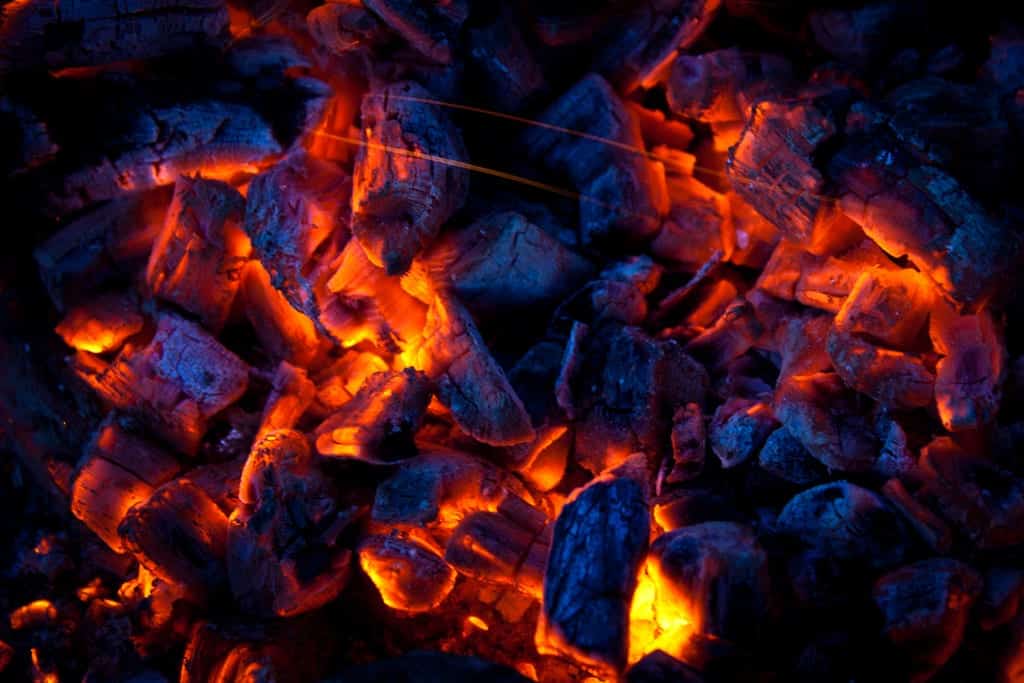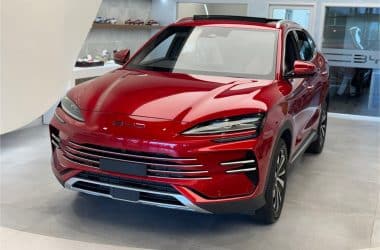‘Coal keeps the lights on’ is one of the most widely used phrases by coal advocates, citing that it’s a ‘reliable base load power source’. There is an issue with that:
Coal doesn’t actually keep the lights on, natural gas and hydroelectric dams are playing a much greater role in keeping the grid powered up. The hydroelectric dam is the most dispatchable power source, and the easiest to control. Hydroelectric dams’ power production is turned up and down to meet electricity demand very quickly and efficiently. I’m not advocating either of these two power sources, as they have their environmental consequences as well.

Imagine obtained with thanks from Julay Cat on Flickr.
Natural gas peaking power plants are on standby across the nation because they are needed to back up coal power plants virtually every day. Why? This is because coal power plants are hardly dispatchable (if they’re worthy of being called that at all) because they take up to 3 hours to start. Take a look at how long a large pot of water can take to boil, and that will provide a hint. Coal power plants are steam power plants, so they have to boil water using a coal-fueled boiler. Most base load power plants are steam-powered.
Peaking power plants (otherwise known as ‘peaker plants’) are used to augment electricity production during peak hours (usually the afternoon hours due to increased air conditioner usage). You don’t simply ‘turn up’ a coal power plant in such a situation because a coal power plant has to run within its optimal speed range (which is very narrow, so these plants can’t be adjusted enough to meet demand without wasting a ton of fuel).
Peaking power plants are the reason that electricity rates increase during peak hours in some regions. This is because peaking power plants are more expensive to run than coal power plants, so once you have to start relying on them for electricity (sadly, this is every day), you’re going to have to cover the additional fuel cost.
With all this gas backup on standby for coal power plants (and other thermal base load power plants like nuclear and solar thermal), why would replacing coal power plants with solar systems be a problem? This is in response to a common argument that solar requires gas backup. The gas backup is already available (and plentiful), and photovoltaic solar power plants already do a better job at load following than coal power plants because solar panels tend to generate more electricity at times of higher demand.
This is because demand is highest when the weather is most sunny, which results in more heat and increased cooling demand on air conditioners. When the sun goes down, electricity demand starts to fall as the weather cools off a bit and air conditioner compressors are turned down as a result.
Finally, if you want to keep the water on, coal doesn’t exactly help with that. Thermal power plants (usually steam) including coal use billions of gallons of water.




